Contents
- The Science Behind Planetary Alignments
- Natural Disasters and their Causes
- The Link: Planetary Alignments and Natural Disasters
- Advantages and Challenges
- Utilizing Planetary Alignments for Predictions
- Future Possibilities and Research
- Conclusion
-
Frequently Asked Questions
- 1. Can planetary alignments accurately predict natural disasters?
- 2. What are some common triggers of natural disasters?
- 3. Are there any historical records linking planetary alignments and natural disasters?
- 4. How can planetary alignments affect Earth’s geophysical systems?
- 5. What are some advantages of using planetary alignments for predictions?
- 6. What are the limitations and uncertainties associated with using planetary alignments for predictions?
- 7. How do scientists gather data on planetary alignments?
- 8. What analytical techniques and models are used to study planetary alignments?
- 9. What advancements in technology can enhance our understanding of planetary alignments and natural disasters?
- 10. What is the scope for future research in planetary alignments and natural disasters?
- References
-
Frequently Asked Questions
- 1. Can planetary alignments accurately predict natural disasters?
- 2. How do planetary alignments work?
- 3. What are some common natural disaster triggers?
- 4. Are there historical records of planetary alignments and natural disasters?
- 5. What are the limitations of using planetary alignments for predicting natural disasters?
- 6. How can I gather data on planetary alignments?
- 7. Are there any analytical techniques or models for studying planetary alignments?
- 8. What advancements in technology can enhance the study of planetary alignments?
- 9. How can the predictive potential of planetary alignments be utilized?
- 10. What further research is needed in the field of planetary alignments and natural disasters?
- References
- Read More
The Science Behind Planetary Alignments
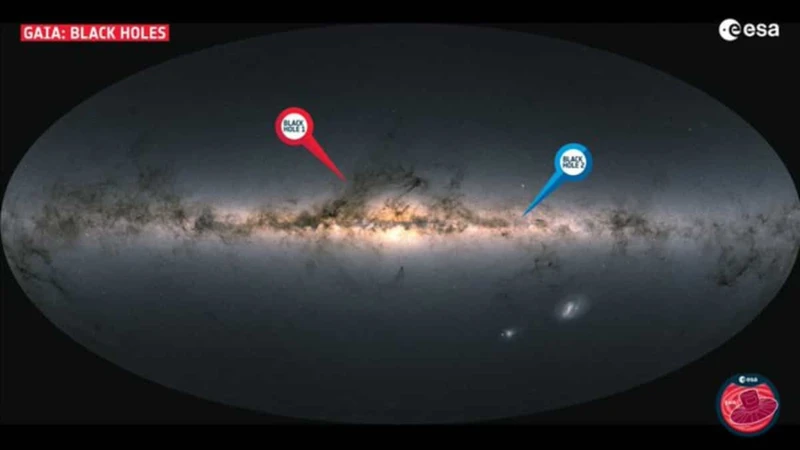
Natural Disasters and their Causes
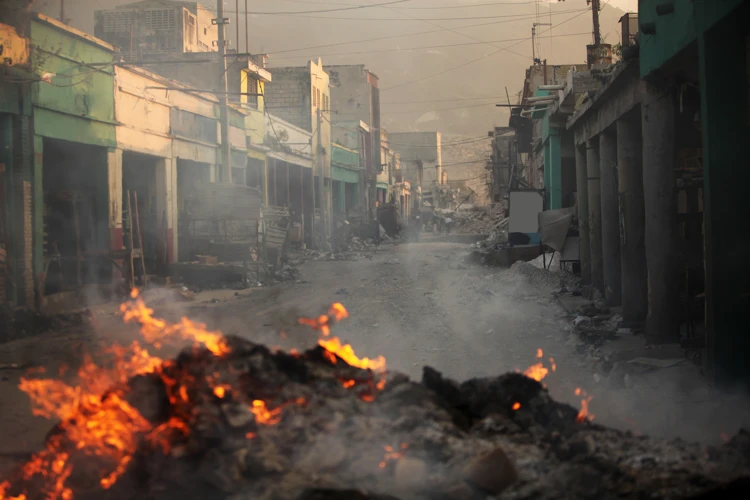
The Link: Planetary Alignments and Natural Disasters
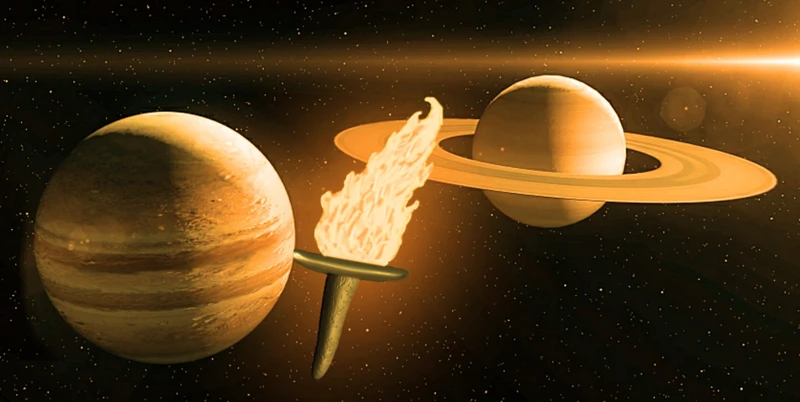
Advantages and Challenges

Utilizing Planetary Alignments for Predictions
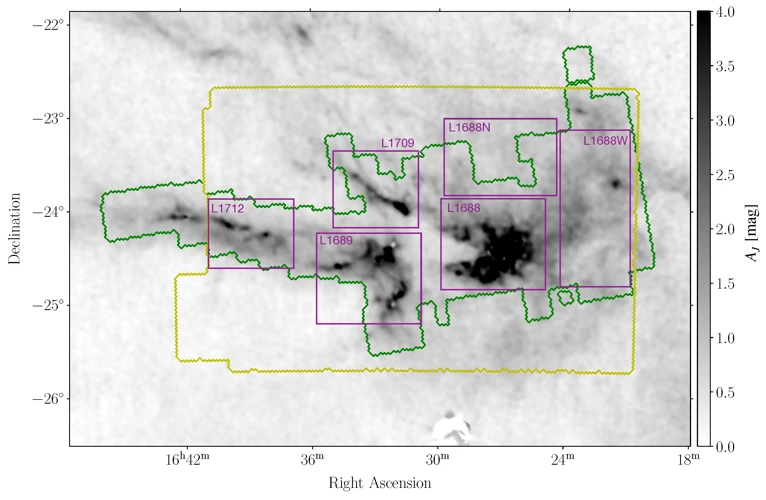
Future Possibilities and Research
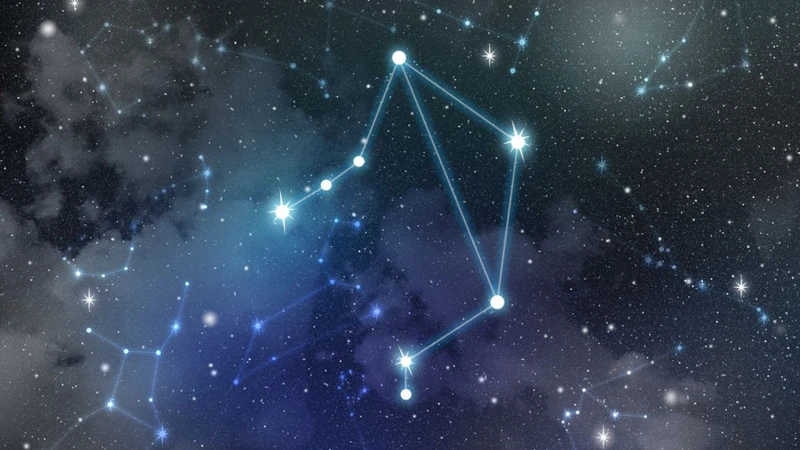
Conclusion

Frequently Asked Questions

1. Can planetary alignments accurately predict natural disasters?
While there is ongoing research exploring the correlation between planetary alignments and natural disasters, predicting these events with complete accuracy is still a challenge. Planetary alignments provide valuable insights and potential indicators, but the complexity and multitude of factors involved in natural disasters make precise predictions difficult.
2. What are some common triggers of natural disasters?
Natural disasters can have various triggers, including geological activities such as earthquakes and volcanic eruptions, climatic factors like hurricanes and tornadoes, and hydrological events such as floods and tsunamis. These events are often the result of complex interactions between Earth’s systems and can be influenced by factors like weather patterns, tectonic movements, or oceanic conditions.
3. Are there any historical records linking planetary alignments and natural disasters?
Historical records and ancient civilizations’ texts occasionally mention celestial events and their potential connection to disasters. For example, the Epic of Gilgamesh, one of the oldest surviving Mesopotamian mythologies, includes references to celestial alignments and their impact on natural calamities. However, it’s important to approach these accounts with critical analysis, considering the limited scientific understanding prevalent during those times.
4. How can planetary alignments affect Earth’s geophysical systems?
Planetary alignments, particularly those involving massive bodies like planets, can exert subtle gravitational influences on Earth’s geophysical systems. These gravitational forces may induce stress or strain on the planet’s crust, potentially triggering seismic activity or volcanic eruptions. However, the exact extent of these influences and their role in natural disasters is still an area of ongoing research and debate.
5. What are some advantages of using planetary alignments for predictions?
Using planetary alignments for predictions offers several advantages. Firstly, it provides an additional tool to study and understand the Earth’s dynamic processes. Secondly, it allows for the identification of potential patterns or correlations that might help in recognizing precursors to natural disasters. Lastly, it encourages interdisciplinary collaboration between astronomers, geologists, and other scientific fields, fostering a broader understanding of our planet.
6. What are the limitations and uncertainties associated with using planetary alignments for predictions?
There are several limitations and uncertainties when using planetary alignments for predictions. Firstly, the complex nature of natural disasters makes it difficult to isolate and attribute causality solely to planetary alignments. Secondly, the predictive potential of these alignments may vary depending on the specific type of disaster and the region. Lastly, the field of planetary alignments and disaster prediction is still in its nascent stages, requiring further research and validation to establish robust methodologies and models.
7. How do scientists gather data on planetary alignments?
Scientists gather data on planetary alignments through astronomical observations and advanced telescopic technologies. By tracking the orbits and positions of celestial bodies, scientists can determine when alignments occur and their spatial arrangements. These data are then used to analyze potential correlations with geophysical events on Earth, such as natural disasters.
8. What analytical techniques and models are used to study planetary alignments?
Scientists use various analytical techniques and models to study planetary alignments. This includes mathematical calculations, computer simulations, and statistical analysis. These methods help to identify patterns, assess the significance of alignment occurrences, and investigate potential causal relationships with natural disasters.
9. What advancements in technology can enhance our understanding of planetary alignments and natural disasters?
Advancements in technology, such as improved telescopes, satellite systems, and computational capabilities, can enhance our understanding of planetary alignments and their potential link to natural disasters. These developments can provide more precise measurements, facilitate data collection and analysis, and enable more sophisticated modeling techniques, thereby advancing our knowledge in the field.
10. What is the scope for future research in planetary alignments and natural disasters?
The field of planetary alignments and natural disasters holds immense potential for future research. Scientists can further explore the mechanisms and processes through which celestial alignments may influence Earth’s geophysical systems. Additionally, expanding scientific studies, interdisciplinary collaborations, and advancements in technology can contribute to refining predictive models and improving our ability to forecast and mitigate the impacts of natural disasters.
References
- Research on Correlation of Positions of Celestial Objects …
- Iraqi Scientist Looks to Planets to Help Predict Quakes …
- Astrology and Earthquake Prediction By Mumbai Engineer
Frequently Asked Questions

1. Can planetary alignments accurately predict natural disasters?
While the concept of using planetary alignments to predict natural disasters is intriguing, the scientific community is divided on its accuracy. Some researchers believe that there may be a correlation between planetary alignments and natural disasters, but it is not yet proven to be a reliable predictive method.
2. How do planetary alignments work?
Planetary alignments occur when two or more planets align along the same celestial plane. This alignment can create gravitational forces that may have an impact on Earth. However, the exact mechanism behind any potential influence on natural disasters is still not fully understood.
3. What are some common natural disaster triggers?
Natural disasters can be triggered by various factors such as earthquakes, volcanic eruptions, hurricanes, and floods. These events are typically caused by geological or meteorological phenomena, such as tectonic plate movements, oceanic currents, or atmospheric pressure systems.
4. Are there historical records of planetary alignments and natural disasters?
There have been instances in history where planetary alignments coincided with significant natural disasters. However, it is crucial to approach such correlations with caution, as the relationship between the two is still a subject of debate among scientists and researchers.
5. What are the limitations of using planetary alignments for predicting natural disasters?
One of the major limitations is the lack of a clear cause-and-effect relationship between planetary alignments and natural disasters. Additionally, the complexity of Earth’s systems and the presence of numerous other factors makes it challenging to isolate the influence of planetary alignments accurately.
6. How can I gather data on planetary alignments?
Gathering data on planetary alignments can be done through various resources like astronomical databases, observatories, and scientific publications. These sources provide information on the positions and movements of celestial bodies, allowing you to analyze and study planetary alignments.
7. Are there any analytical techniques or models for studying planetary alignments?
Yes, researchers use various analytical techniques and mathematical models to study planetary alignments and their potential influence on Earth. These methods involve statistical analysis, computational simulations, and data visualization, helping scientists better understand the patterns and relationships involved.
8. What advancements in technology can enhance the study of planetary alignments?
The advancement of technology, such as improved telescopes and satellite observations, has greatly contributed to the study of planetary alignments. These advancements provide more accurate and detailed data, allowing researchers to delve deeper into the connection between planetary alignments and natural disasters.
9. How can the predictive potential of planetary alignments be utilized?
While the predictive potential of planetary alignments is still uncertain, researchers continue to explore various methods and models for harnessing this potential. By analyzing historical data and monitoring planetary movements, scientists hope to develop more accurate means of predicting natural disasters in the future.
10. What further research is needed in the field of planetary alignments and natural disasters?
Further research is needed to establish a concrete understanding of the relationship between planetary alignments and natural disasters. Additionally, interdisciplinary collaboration among astronomers, geologists, meteorologists, and seismologists can help advance the field and uncover new insights into the potential connections between celestial movements and Earth’s natural phenomena.
References
- Do planetary alignments affect Earth’s seismic activity?
- Turkey Earthquake ‘Planetary Geometry Prediction …
- Research on Correlation of Positions of Celestial Objects …







